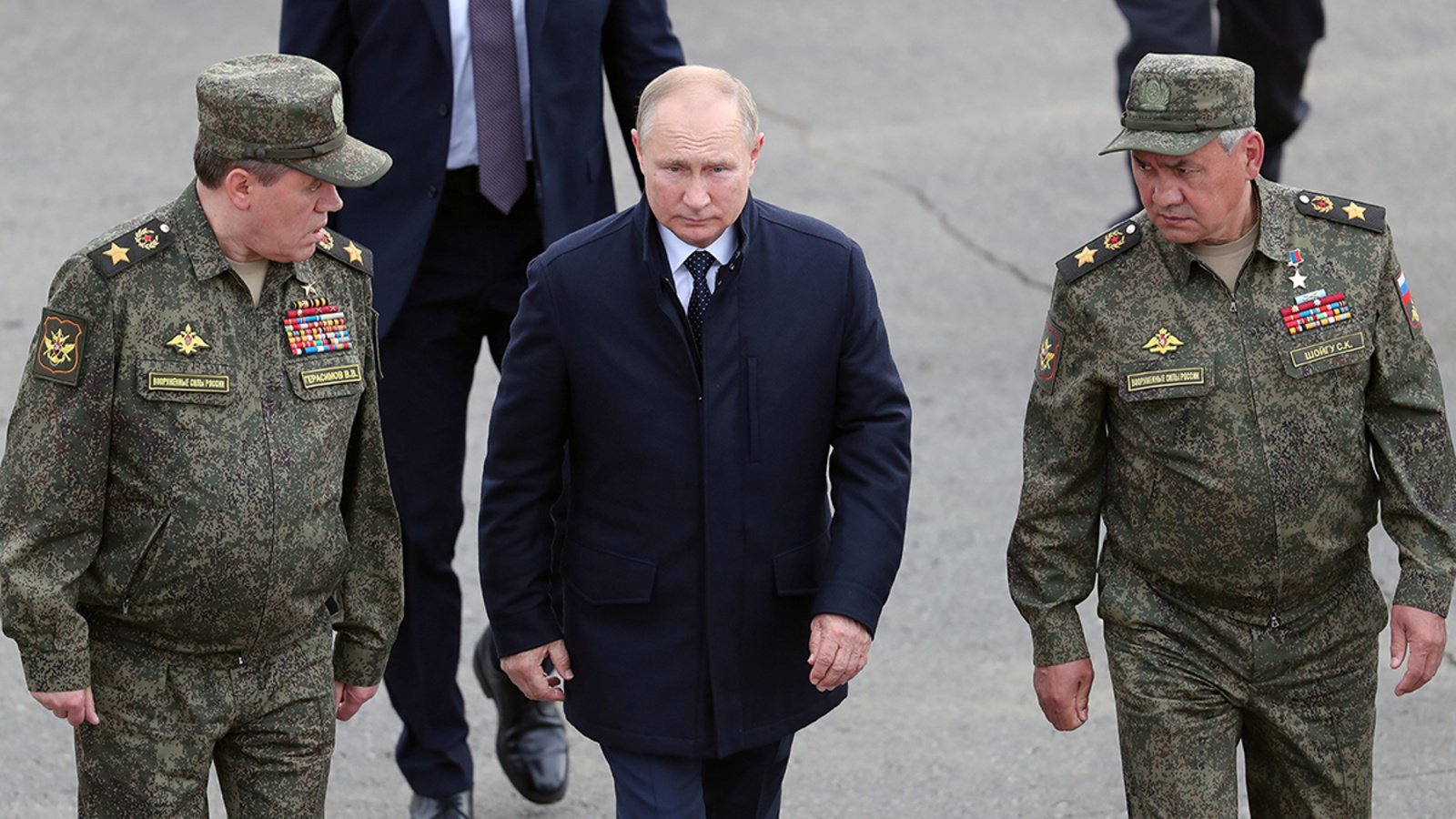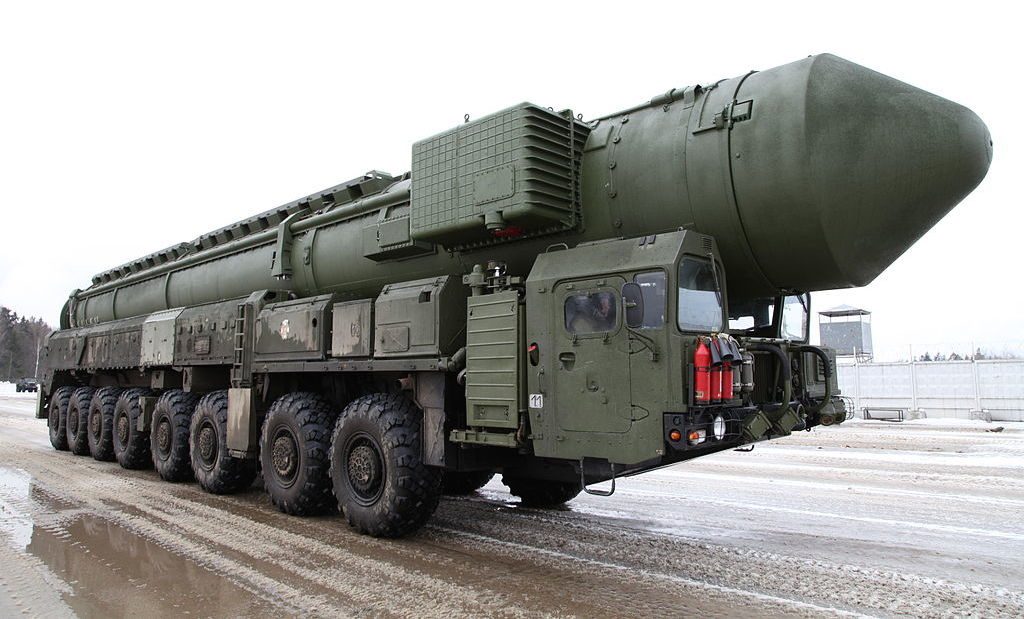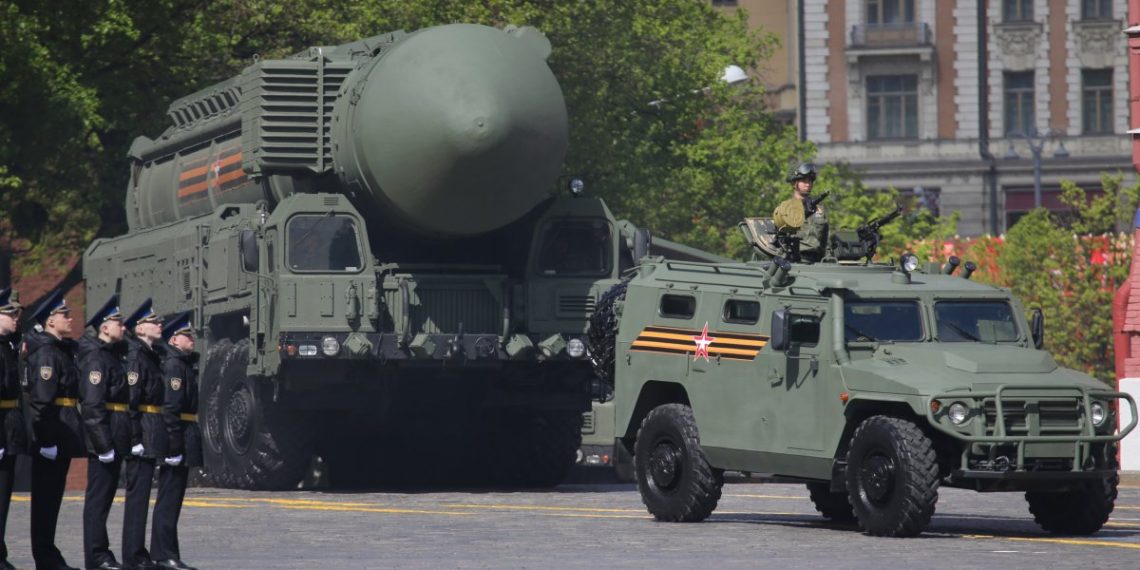Russia announced on Monday its intention to conduct military exercises involving the deployment of tactical nuclear weapons, citing perceived threats from France, Britain, and the United States.
This decision follows Russia’s repeated warnings about escalating nuclear risks, particularly since its invasion of Ukraine in 2022.
While the United States acknowledges these warnings, it has not observed any change in Russia’s nuclear stance.
The exercises, ordered by President Vladimir Putin, will involve missile forces, aviation, and the navy, aiming to prepare for the potential use of non-strategic nuclear weapons.

Russia’s defence ministry emphasized that the drills are a response to what it perceives as provocative statements and threats from certain Western officials.
This move comes amidst heightened tensions between Russia and the West, with both sides possessing significant nuclear arsenals.
Russia holds more than 10,600 of the world’s 12,100 nuclear warheads, making it one of the largest nuclear powers globally.
The announcement underscores the delicate balance of power and the potential risks associated with nuclear brinkmanship.
While no power has used nuclear weapons since 1945, concerns persist about the possibility of nuclear conflict.
Despite reassurances from leaders like U.S. President Joe Biden, who downplayed the prospect of Russian nuclear aggression, reports suggest that contingency planning for a potential Russian nuclear strike against Ukraine took place in 2022.
Critics view Russia’s nuclear posturing as a form of blackmail to intimidate the West. Ukrainian military intelligence spokesperson Andriy Yusov labeled it as a constant practice of Putin’s regime.

The Kremlin’s move appears to be a response to recent statements by Western leaders, including French President Emmanuel Macron and British officials, regarding Ukraine’s conflict with Russia.
As tensions escalate, there are growing calls for diplomatic efforts to defuse the situation.
However, Russia’s military exercises signal a continued willingness to leverage its nuclear capabilities in response to perceived threats, raising concerns about the potential for miscalculation and escalation.




